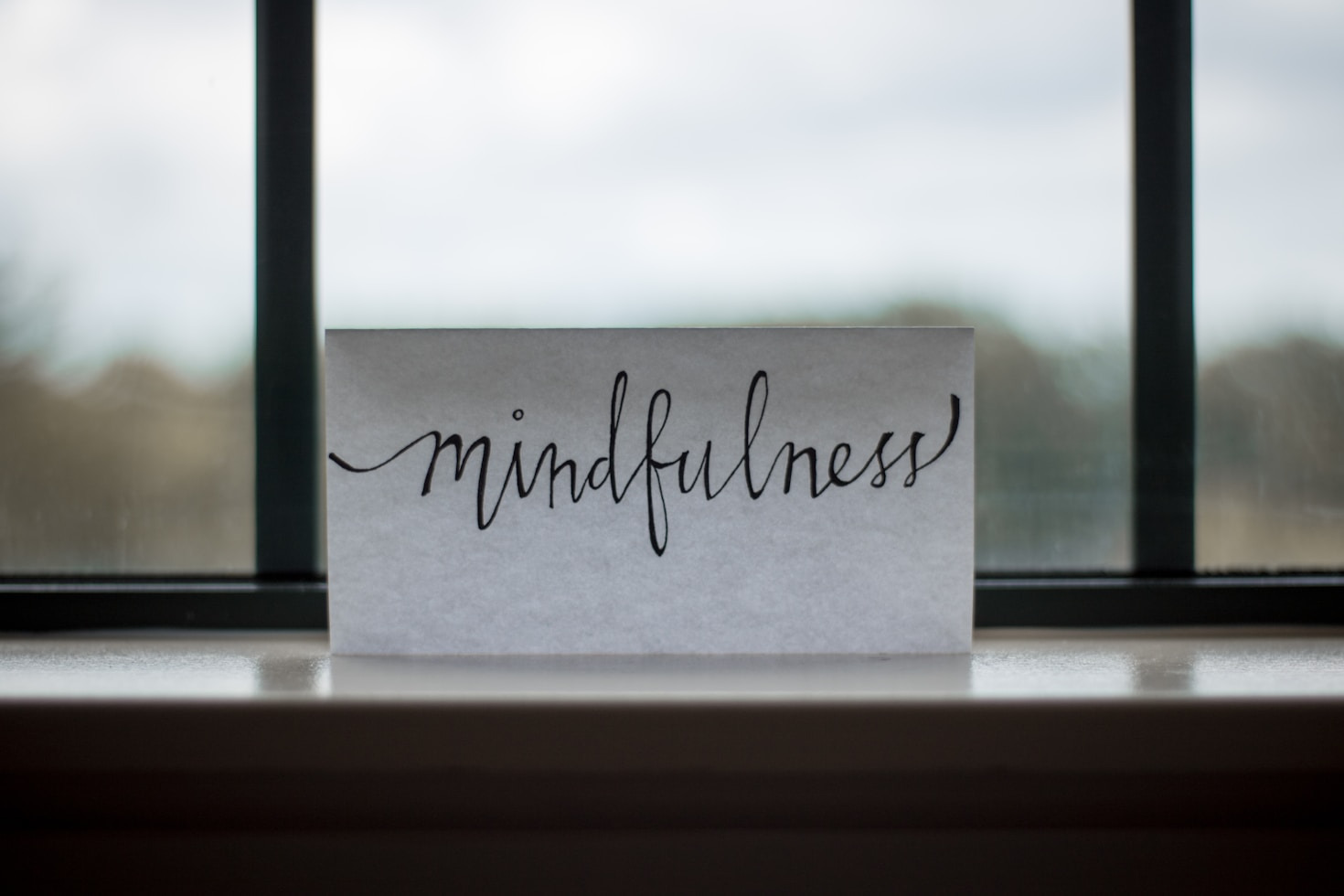Modern neuroscience research suggests that our brains process vast amounts of sensory information continuously, with only a small fraction reaching conscious awareness. While the specific numbers often cited (11 million bits processed versus 40 bits conscious) come from dated estimates and should be interpreted cautiously, the fundamental principle remains valid: our conscious mind accesses only a tiny portion of the brain’s total information processing.
Control needs a different approach—not by force, but by understanding, by accepting what we cannot change and working on what we can. Often, we try to control what is beyond our reach and fail to control what is actually within our power.
Our unconscious mental shortcuts and pattern recognition systems enable this rapid processing by automatically categorizing new information based on past experiences. These cognitive shortcuts are essential for functioning efficiently in a complex world, but they can also lead to biased first impressions that may not accurately reflect the people we encounter.
To develop greater awareness of these processes, pay attention to your immediate reactions when meeting someone new. Notice the assumptions, feelings, or judgments that arise automatically. Rather than dismissing these responses, use them as data about your own mental patterns. Ask yourself: “What specific information am I actually observing about this person, versus what am I assuming based on superficial cues or past associations?” This practice of distinguishing between direct observation and inference can help you make more thoughtful, less biased assessments of others.


The key changes include removing the outdated specific statistics, clarifying the science, improving the flow between ideas, and providing more concrete guidance for self-reflection.
The difference in between Knowledge and Perception
As we learn to understand how our minds work, we begin to discern between what is fact and what we feel about it. By asking questions instead of assuming, we improve our relationship with ourselves, our loved ones, and everyone we meet. We see that the past and future are either history or imagination, and that only awareness of the present truly matters.


Leave a Reply